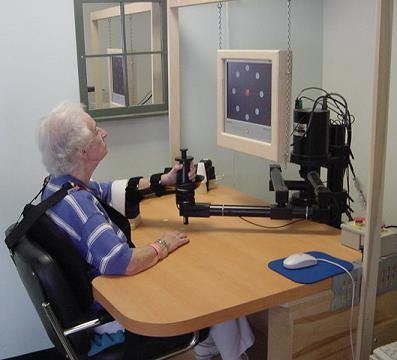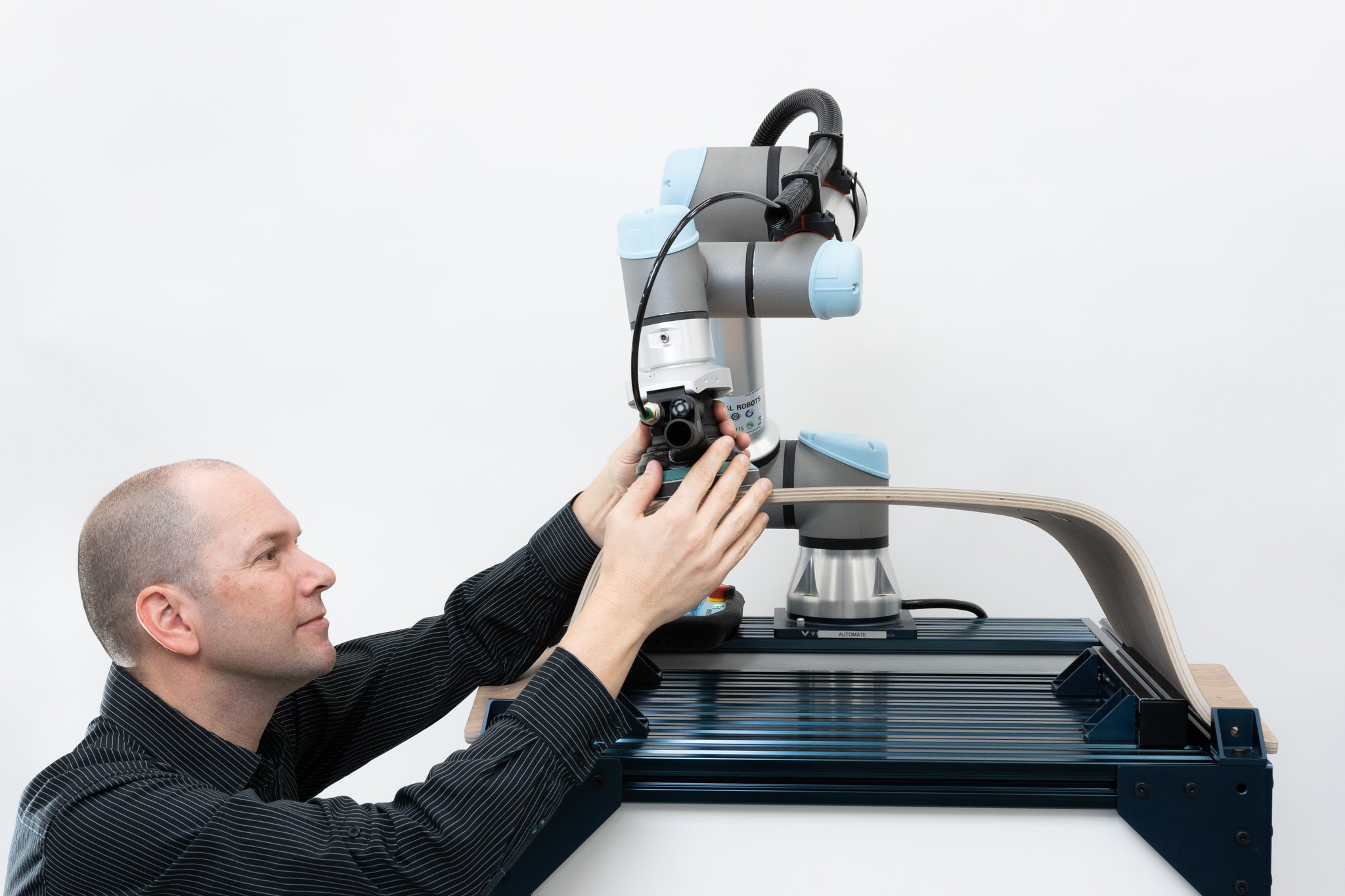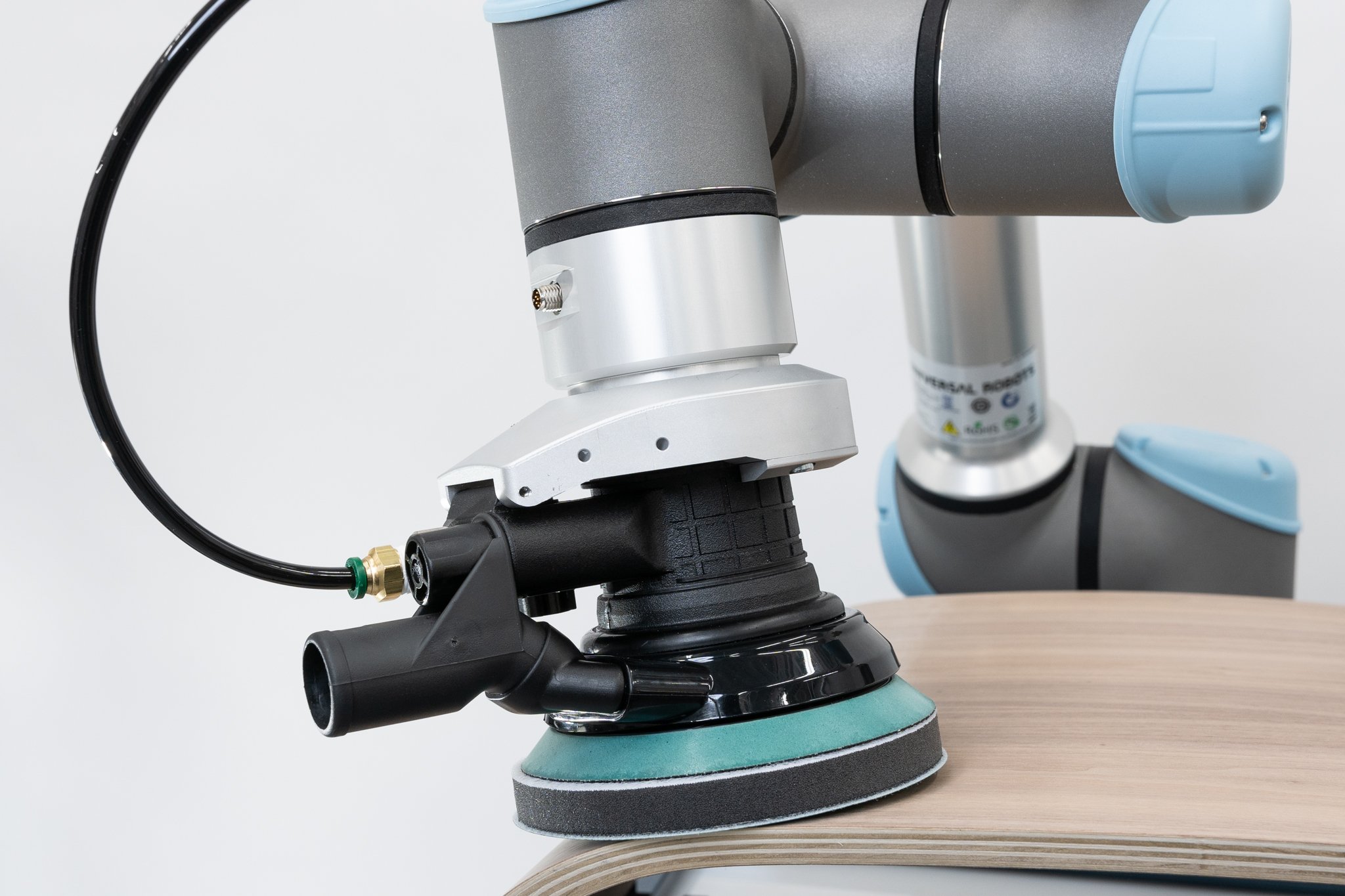Robots to Help You Learn to Move Again

Posted on Feb 09, 2007 7:59 AM. 2 min read time

(photo source: LNBRH - MIT)
My grandfather had a stroke about twelve years before he died. A stroke stops blood from flowing to the brain thereby causing a loss of functioning in part of it. The doctors let him go because there was no hope for rehabilitation. Not until Grandma got involved, that is. First, Germaine got them to stop the morphine. Gérard starting coming around and patiently began rehab. He spent hours and hours repeating the same, erstwhile trivial gestures to re-learn how to walk, eat, and attempt to talk, with half his body paralyzed.
Robots can ease the burden of the thousands of other “Germaines,” (according to Wikipedia, someone has a stroke every 45 seconds). Many laboratories are working to develop robots that can interact with the patient to help him or her re-learn to move. If the patient moves according to a predefined trajectory, the robot doesn’t intervene. If he or she strays, it resists. Scientists believe repeated movements create positive brain connections that circumvent and eventually replace the damaged ones. And since repetition is the key in rehab, robots are ideal for the job.
A New Haven Register article described work carried out by the Newman Laboratory for Biomechanics and Human Rehabilitation (NLBHR) at MIT. Their scientists have been working many years to develop a mechanized wrist to rehabilitate arm use after a stroke (see photo above).
There’s a similar project underway here, at Laval University’s robotics lab: an interface to simulate walking. The user would be inside a robot that is suspended from cables. The robot would mimic the ground by applying certain pressures on the feet. This system could also be used for rehabilitation.
And if this system can help one learn, then we should considerusing it to perfect movements. It could be adapted to sports training. Could it even be used to help youngsters learn more quickly?








Leave a comment